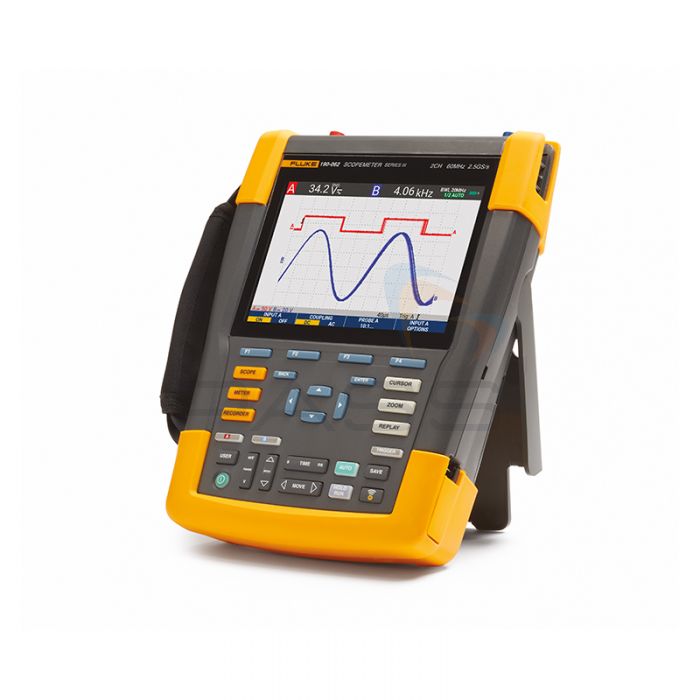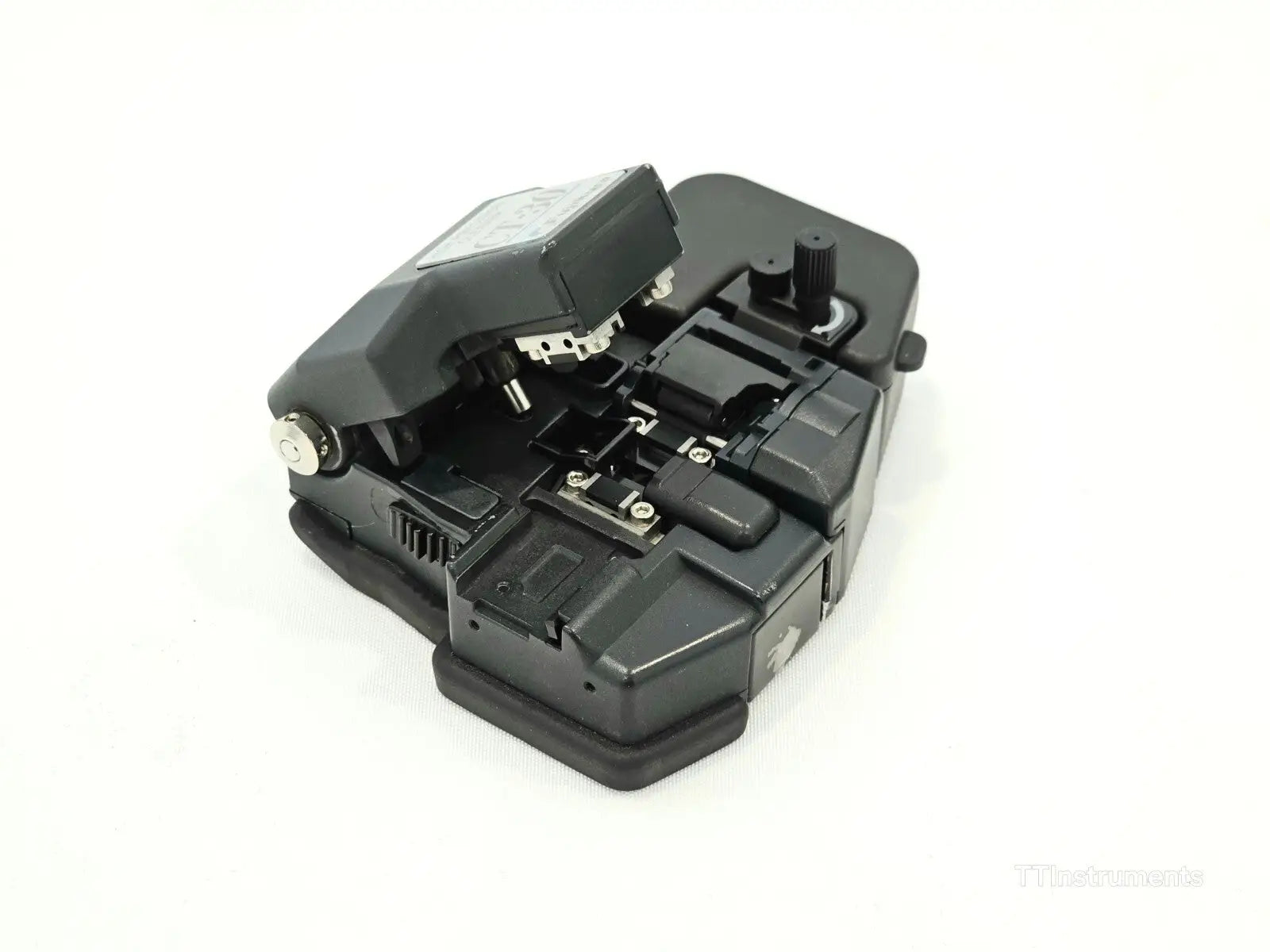
Choosing the Right Power Supply for Lab and Field Use
A reliable power supply is a cornerstone of any electronics workspace, whether you're running a sophisticated test bench in a lab or performing diagnostics in the field. The right choice can mean the difference between accurate testing and compromised results. In this guide, we’ll break down the types of power supplies, their key features, and how to choose the best fit for your specific applications.
Understanding the Types: Linear vs. Switching Power Supplies
Before selecting a power supply, it’s important to understand the two primary technologies behind them:
-
Linear Power Supplies:
Known for their low output noise and excellent voltage stability, linear power supplies are ideal for noise-sensitive applications like analog circuit testing or audio equipment development. Their simple design makes them easy to use, but they tend to be larger, heavier, and less energy-efficient than switching types. -
Switching Power Supplies:
These are more compact, efficient, and suitable for portable or high-power applications. They use high-frequency switching to regulate output and often support a broader voltage range. However, they can introduce more ripple and noise into your system if not properly filtered.
If low noise is critical, go linear. If efficiency and portability matter more, go switching.
Bench vs. Portable Power Supplies
-
Bench Power Supplies are designed for stationary setups in labs or workshops. They usually offer multiple output channels, advanced control options, and high current capabilities. Ideal for R&D, troubleshooting, and prototyping.
-
Portable Power Supplies are compact, battery-powered (or lightweight AC-powered) units used in field service or on-site diagnostics. While they may sacrifice some features, portability and durability make them essential for offsite work.
Explore our range of Power Supplies at TT Instruments to find bench and field-ready models with programmable functionality, safety protections, and accurate readouts.
Key Features to Look For
When choosing a power supply, consider these essential specifications and features:
-
Voltage and Current Range:
Ensure the supply can meet the full range of voltages and currents your projects require. Overestimating slightly allows for future expansion. -
Current Limiting:
Crucial for protecting your circuits from overcurrent damage. Adjustable current limits can act as a soft fuse during prototyping. -
Programmability:
USB, LAN, or GPIB interfaces let you automate tests or control the power supply via a computer. Ideal for repetitive or long-term testing scenarios. -
Load Regulation and Line Regulation:
These specifications indicate how stable the output remains under changing loads or input voltages—key for precision work. -
Display and Readout Precision:
A clear, high-resolution digital display helps ensure precise settings and measurements. -
Safety Features:
Look for overvoltage, overcurrent, and thermal protection for both the equipment and your devices under test.
Supporting Tools in Your Lab or Field Kit
While power supplies do the heavy lifting, accurate measurement depends on complementary tools such as:
-
Multimeters & Clamp Meters – For verifying output voltage, current draw, and continuity.
-
Current Clamps – For non-intrusive current measurements in live environments.
-
Oscilloscopes & Accessories – To monitor ripple, startup behavior, or transients.
-
Waveform Generators – Often used alongside power supplies to inject known signals into circuits.
-
Analysers Recorders & Counters – For deeper electrical analysis, particularly in R&D settings.
All these categories are available in our Electronic T&M section.
Matching the Tool to the Job
In the end, the right power supply depends on your use case:
-
For precision lab work, opt for a programmable linear bench power supply with multiple outputs.
-
For field service, a durable switching model with compact design and basic control might be ideal.
-
For automated testing, ensure programmability and digital interfaces are part of the package.
At TT Instruments, we offer a curated selection of both new and used power supplies, all calibrated and quality-checked. Whether you're setting up a permanent bench or heading to a site, we have the right tool for the job.
FAQs
-
What’s the difference between linear and switching power supplies?
Linear supplies offer low noise and high stability, ideal for sensitive circuits. Switching supplies are more efficient and portable, better for high-power or field use. -
Which power supply is better for field use?
Portable switching power supplies are lighter, more compact, and efficient—ideal for mobile diagnostics and on-site testing. -
Why is current limiting important in a power supply?
It prevents overcurrent damage to circuits by limiting the maximum current output, making it essential for prototyping and troubleshooting. -
What does programmability mean in power supplies?
Programmable supplies allow control via software (USB, LAN, GPIB) for automation, repeatability, and remote operation in test setups. -
Can I use a single power supply for different voltage/current needs?
Yes, many bench power supplies support adjustable ranges and multiple channels to accommodate a wide variety of projects.


